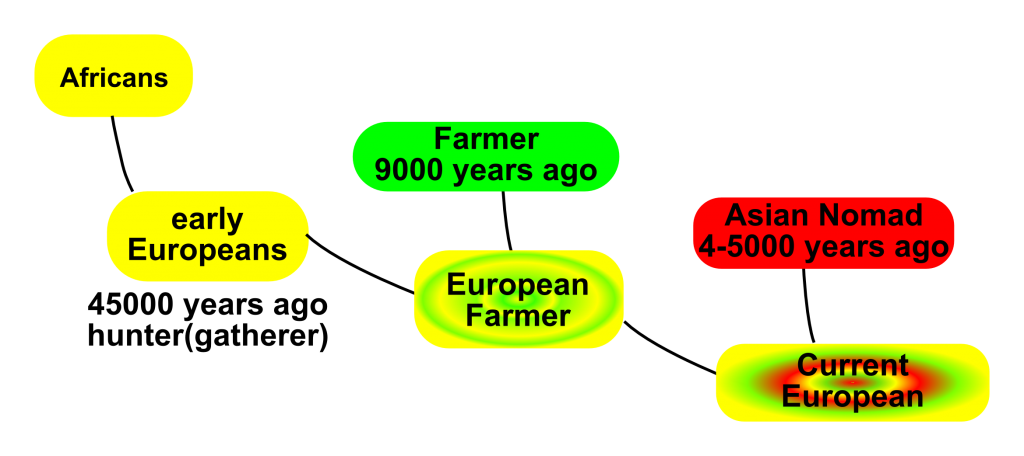These days I am burdened with the correction of The Endocrine System, our book in an English version. We decided on American English and had to adopt names and terms to that language. Furthermore there were many tiny mistakes in the translation process which have now been eliminated. Thanks to Stuart Evans who has the tremendous job of copyediting my translation. I am fairly optimistic that we will meet the deadline end of the year, and that the book will be published in the middle of the next year.
In the meantime I have read many different articles some of them very interesting on the endocrinological site: a review on gonadotropin inhibiting hormone (GnIH) in General Comparative Endocrinology which is not heavily involved in man, but in birds controls the Gonadotropin releasing Hormone (GnRH) due to the season with melatonin, the hormone that measures the night length and thus beginning of spring when reproductional activity is initiated. There was the paper of Krause et al. in Nature on the origin of Europeans which is astonishly complex and full of molecular biology some issues beyond my understanding. The list of contributors is enormous, all the people who privided samples. I still donot know where the meeting was where the data were presented first. And many more papers, however, none catching the eye.
